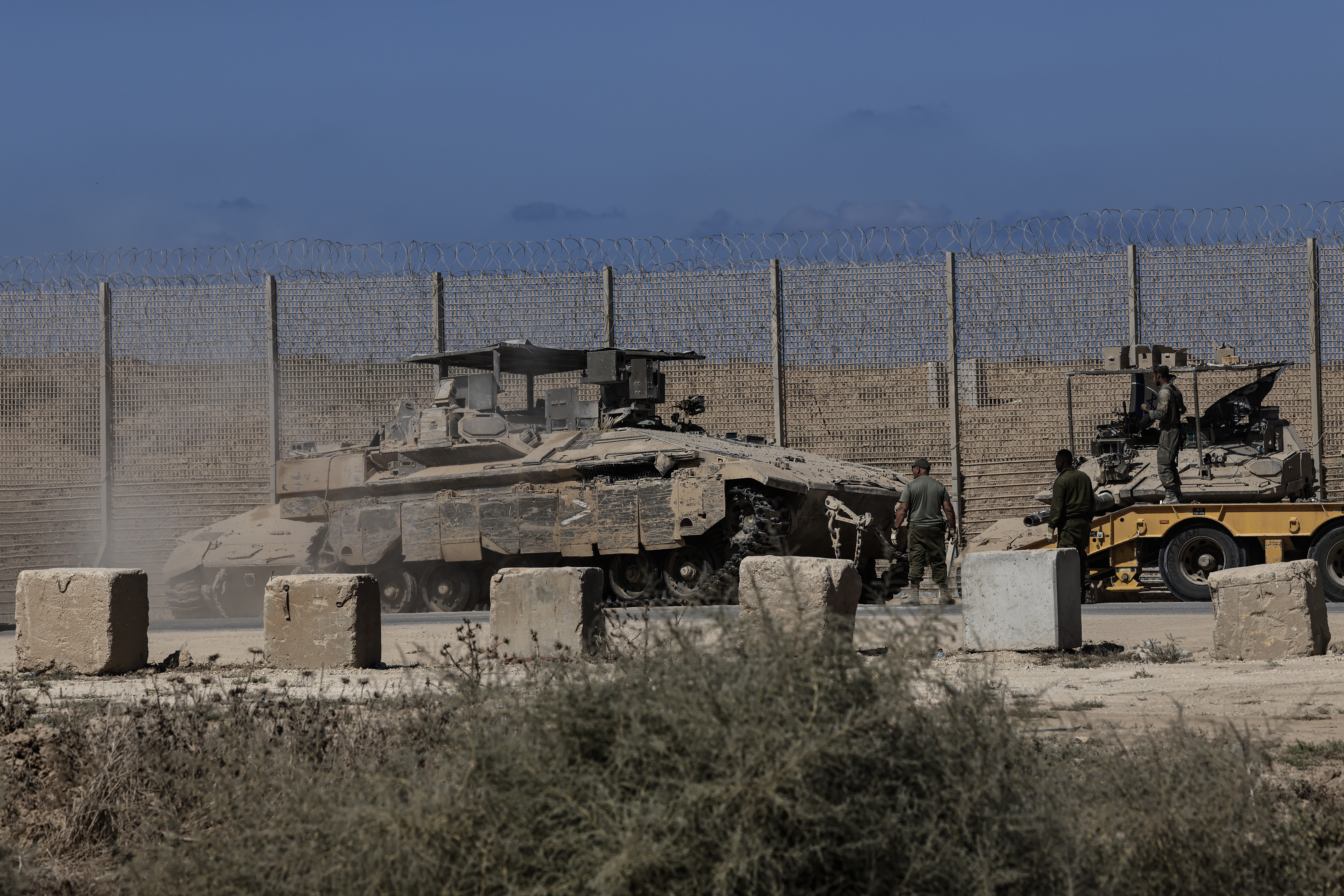Israel’s Defense Minister Israel Katz warned that despite months of fighting, Hamas still retains a significant portion of its underground infrastructure in the Gaza Strip. According to Katz, approximately 60% of the tunnel network—used for command posts, weapons storage and the movement of fighters—remains intact. He stressed that eliminating this network is essential if the current ceasefire is to evolve into a sustainable security arrangement.
Katz said the Israel Defense Forces (IDF) have entered a critical stage in the U.S.-backed stabilization plan and must ensure that Hamas is no longer able to operate militarily beneath Gaza’s streets. “Only when the tunnels are dismantled and Hamas is disarmed can Gaza become stable and Israel secure,” he emphasized. The minister added that Israel is working closely with American officials, including CENTCOM representatives and Trump administration envoys, to coordinate how the next phase of the 20-point plan will be carried out.
פירוז עזה באמצעות הריסת מנהרות הטרור של חמאס, לצד פירוק חמאס מנשקו, הם בראייתי היעד האסטרטגי החשוב ביותר למימוש הניצחון בעזה.
המשימה הערכית הדחופה ביותר היא כמובן השבת כל החטופים החללים הביתה ונעשה הכל כדי לממש את המשימה הקדושה והחשובה הזאת.
משימת העל האסטרטגית למימוש הניצחון…
— ישראל כ”ץ Israel Katz (@Israel_katz) October 25, 2025
While Israeli troops have pulled back to the so-called “Yellow Line” as agreed in the first phase of the ceasefire, they continue to act against immediate threats. This week, the IDF reported that it targeted a Palestinian Islamic Jihad member who was preparing an imminent attack in central Gaza. Military officials stated that forces remain positioned for intelligence-gathering and defensive purposes and will respond to any violations.
U.S. support for Israel’s objectives remains strong. During a recent visit to Jerusalem, U.S. Secretary of State Marco Rubio said the American peace framework is the only realistic path forward and called the current period a “critical opportunity.” He praised Israel for implementing the agreed steps so far while noting that further progress—particularly the neutralization of Hamas’ military capabilities—will determine the success of the plan.
The tunnel network has long been considered Hamas’ strategic advantage, enabling surprise attacks, kidnappings and covert logistics beneath urban areas and civilian infrastructure. The IDF has located and destroyed hundreds of tunnel shafts and underground facilities since the war began, but Katz stressed that the remaining system is still extensive and sophisticated. Military analysts warn that clearing this network will require time, precision and cooperation with international actors involved in Gaza’s stabilization.
The humanitarian and diplomatic implications of renewed operations inside Gaza complicate Israel’s task. Tunnel demolition efforts often take place beneath residential areas, raising concerns among aid organizations and foreign governments. Katz suggested that parts of the dismantling process may proceed under the “responsibility of the United States,” though he did not specify operational details.
For many Israelis, the mission is not only military but moral. The return of the final living hostages marked a turning point in national sentiment, but the bodies of 13 hostages are still believed to be held in Gaza. The government argues that only by destroying Hamas’ infrastructure can it ensure the safety of future generations and prevent the group’s resurgence.
The second phase of the ceasefire agreement is therefore seen not as a pause in conflict, but as a transition to a new kind of struggle—underground, strategic and heavily dependent on international coordination. Whether it succeeds will determine if Gaza enters a new era or returns to a cycle of violence.















The tunnel systems under Gaza should be used as target practice for US B-2 pilots using the bunker buster bombs that were used on Iran’s nuke system.. They would definitely do the job and shorten the time of rebuilding in Gaza.